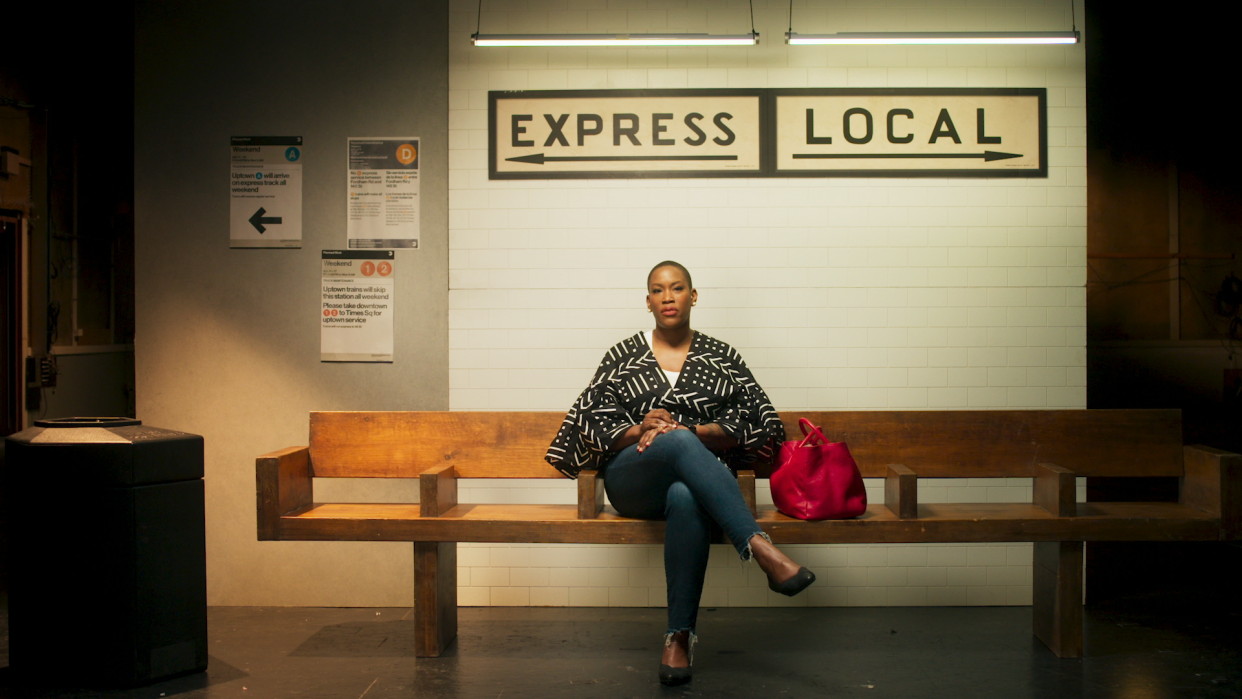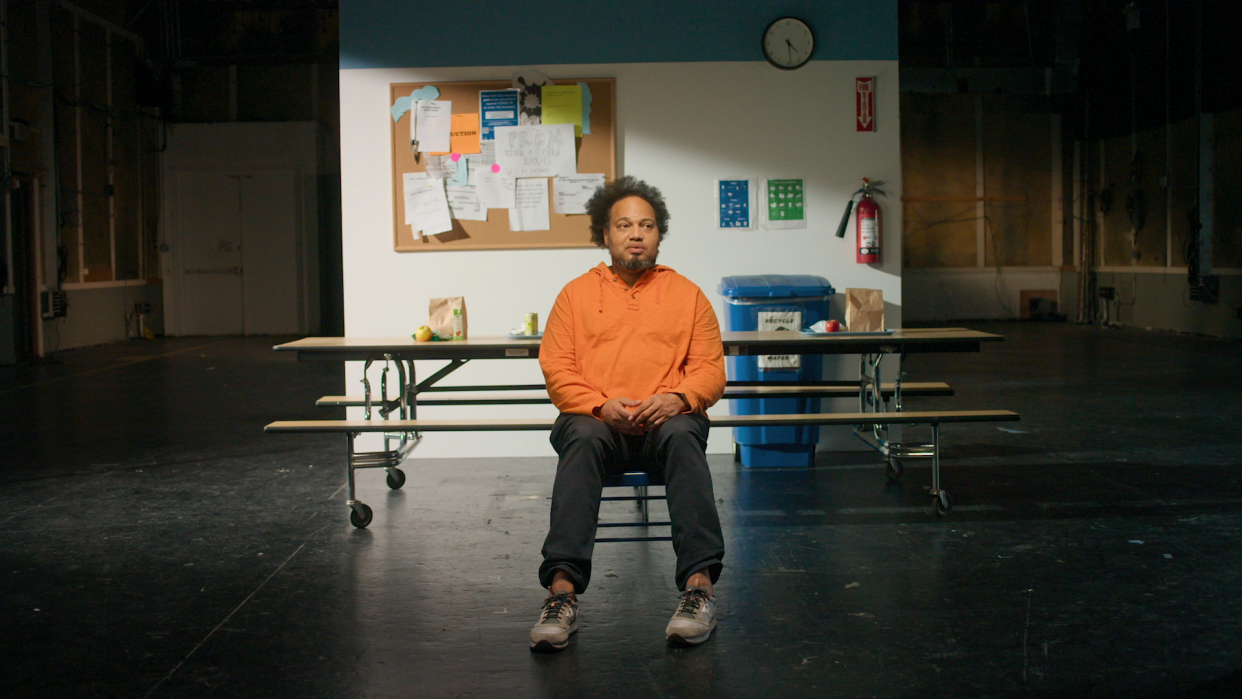‘Black Twitter: A People’s History’ Producers on Tracking Down the Real People Behind Viral Memes and Critiques They’ve Already Gotten From Black Twitter

According to director Prentice Penny, “Black Twitter: A People’s History” is something of a coming-of-age story.
Chronicling a decade and a half of posts and news stories, the Hulu docuseries examines how culture and politics have been influenced by Black users of the social media site now known as X — a relationship that has evolved and matured over time thanks to changes in technology, the White House, the site’s ownership and more.
More from Variety
“The big reference is ‘Star Wars,'” Penny says. “Luke in the beginning doesn’t know what the Jedis are. He’s doe-eyed. Then you have ‘Empire,’ where it gets darker. Trouble is happening. Then you have a final act of coming into your power and accepting it. For me, that was the story of Black Twitter. In the beginning, it’s like, ‘What even is this thing? — and then you’re hit with real world things, as people of color in this country often are. That’s Trayvon. Now, how do we deal with that? Are we just going to be a place for fun and jokes, or are we going to start to make things happen?”

“Black Twitter: A People’s History” is based on the 2021 Wired article of the same name by Jason Parham, and like the article, the series begins with a focus on the humor proliferated in the early days of Black Twitter. In some scenes, users recount their favorite big moments, like the wild road trip story told by A’Ziah “Zola” King in 148 tweets that later became an A24 film. In others, the unknown names and faces behind viral moments appear in the flesh.
Take Kalin Elisa, for example. Better known online as SquatBae for an oft-memed image of her squinting with her hands on her knees, Elisa laughs with other Black Twitter connoisseurs in the docuseries and explains the origin story: She was standing up after squatting for a group photo, but she wasn’t intentionally squinting — she was in pain after both of her knees popped. “The background of that picture never mattered once Black Twitter got ahold of it,” she says, laughing. “The background is that y’all have been laughing at my pain for five-and-a-half, six years.”
“If we’re gonna show a meme or a gif, what is the genesis of that?” says showrunner Joie Jacobs. “That tasked us with finding them. It was not easy to find Kalin [and others], and for them to have the trust in us to appear on camera. Sometimes it’s been positive, but there’s also been some negative that comes with becoming viral. We wanted to make sure people could know who the person is whose life was changed from that random picture.”
That’s part of the reason the series exists. In response to criticism — from Black Twitter, no less — that making a documentary about a topic many Black people already understand risks prioritizing a white audience, the producers emphasize the importance of building a comprehensive archive.
“Social media things are here and then gone, like Vine and Friendster,” Penny says, citing platforms that are now defunct, with most of their material lost to time. “Our culture doesn’t get many ways to be empowered in this country, and Black Twitter felt like a way that was happening. To talk about that felt like not only an interesting subject but a responsibility.”

Jacobs adds, “We stay true to the title — it’s a people’s history,” Jacobs says. “These are first-person accounts from many of the people that influenced this cultural phenomenon. That comes through in the interviews that you see with less known people that we engaged with. We wanted to make sure that this community was given their voice.”
It’s an important distinction: By and large, the voices centered in “Black Twitter: A People’s History” aren’t A-listers.
“Some of the more powerful moments aren’t made by the celebrities in our culture. We always talked about how Rosa Parks wasn’t Rosa Parks yet — she was just a woman on a on a bus,” Penny says. To him, that isn’t dissimilar from the trajectory of some of Black Twitter’s biggest voices — he cites Johnetta Elzie, a prominent activist who began her work after the killing of Michael Brown in Ferguson, Mo., in 2014, and CaShawn Thompson, who calls herself the “mother” of the #BlackGirlMagic hashtag.
Penny, who grew up hearing his parents’ stories of living through the civil rights movement, says that Black Twitter feels like “my generation’s version of that. Social movements are happening here. A lot of empowerment is happening here. You can almost track the way that Black Twitter started to hold the country accountable in a way that I had not seen since the ’60s.”
Of course, a movement that begins online looks a bit different from one that begins in the streets, and the docuseries makes a point to visualize that. Each interviewee sits on a different set — there’s a park bench and a bicycle in front of an autumn backdrop, a subway station posted with weekend detour signs, a school cafeteria table complete with a brown paper bag and an apple, and more.
“They were all bespoke and specific to that person, and the idea behind it is that these are all places where people tweet,” Jacobs says. “These conversations can happen in a bedroom, a barber shop, your living room. Again, they just speak to what we wanted to do here, which was to make a people’s history.”
(Pictured at top: Jason Parham, author of the Wired article on which “Black Twitter: A People’s History” is based)
Best of Variety
Sign up for Variety’s Newsletter. For the latest news, follow us on Facebook, Twitter, and Instagram.
